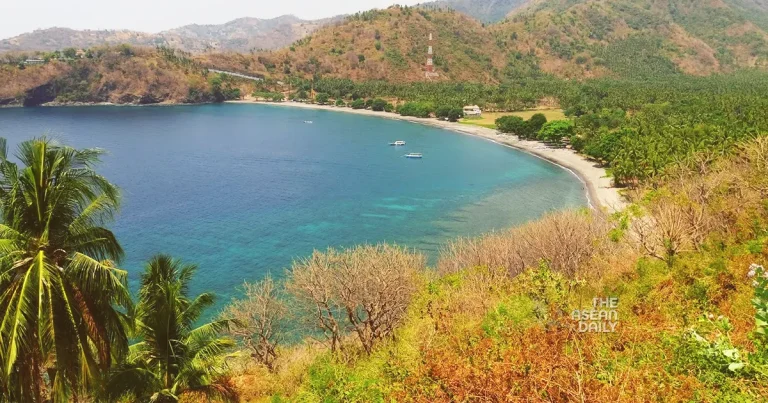5-6-2024 (JAKARTA) “The closest thing I’ve ever seen to Eden” – this is how award-winning actor Sam Neill describes Bali, and for many years, the Indonesian island – one of 17,000 – has been a paradisiacal getaway for famous folk and the rest of us civilians. However, the past few years have seen its idyllic reputation begin to tarnish, prompting travelers to seek solace in Bali’s tranquil sibling, Lombok.
Bali’s oh-so-attractive beaches are suffering from waste management issues, with much of the country’s 300,000 tons of plastic waste ending up on its shores or in waterways. Reports of unruly tourists violating holy sites, drink driving, and causing fatal road accidents have further marred the island’s once-pristine image. In 2023 alone, 5.2 million people descended on Bali, leading to the deportation of 213 visitors for inappropriate behavior by August of that year.
Amidst the bustling streets of Seminyak, where bars, boutiques, and somewhat bawdy souvenir shops thrive, a quieter alternative beckons – Lombok, Bali’s sister island, just a 90-minute ferry ride away. Of similar size but with fewer inhabitants, Lombok possesses Indonesia’s blend of intricate temples, tropical climate, and earthbound beauty, yet without the excessive crowds and inflated costs of its neighbor.
Despite its proximity to Bali, mainland Lombok – unlike the popular partying and diving destination of the Gili Islands – is often overlooked by tourists, despite the country’s efforts to attract such clientele. The tourism industry began to blossom in the 1980s but took a hit in the late 90s when a financial crisis and political unrest destabilized the region.




